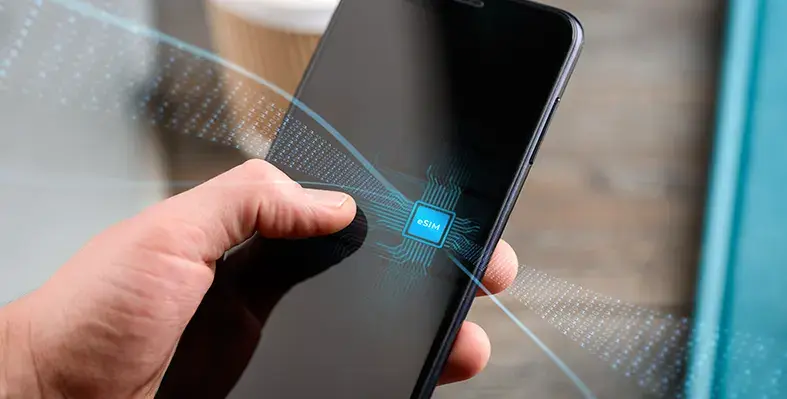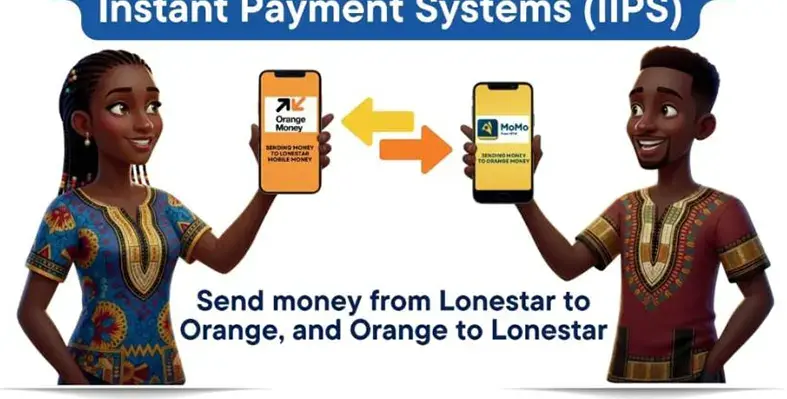Frost & Sullivan’s has examined seven virtual reality (VR) and augmented reality (AR) application areas boosted by global 5G deployment in a recent analysis named ‘Empowering the Future of VR/AR Content Consumption through 5G’
The market overview includes the education and training industries, the public sector, the automotive sector, manufacturing and engineering as well as robotics, healthcare, retail and hospitality, and gaming and entertainment. It also highlights the challenges and barriers to the industry-wide adoption of VR/AR and finds that the use of cases for VR and AR across sectors will increase significantly as global 5G deployments increase.
“Although the adoption of VR/AR technology outside gaming and entertainment is still in its infancy, immediate work needs to be done to establish the use cases and vision for VR/AR and develop solutions to disrupt the predicted spaces,” said Melody Siefken, information and communication technologies research analyst. ‘Countries at the forefront of 5G deployments are the United States, South Korea, and China, with other countries catching up with either mobile or fixed wireless access to 5G.”
“The need for VR/AR technology to alleviate challenges posed by the global pandemic is immediate but constrained by infrastructure issues such as lack of 5G networks and capable devices. There is an optimistic push for 5G deployments to cater to the rising demand for bandwidth and the need for faster networking speed. With the COVID-19 crisis, there has been a slowdown in the supply chain that could delay 5G deployments, which could ultimately impact the use cases of AR/VR,” Siefken added.
Market participants should focus on the following industries to capitalise on immense growth prospects:
Education and training: AR/VR could enable remote training and distance learning to create engaging classroom content that accomplishes the same objectives as in-person schooling.
Healthcare: Virtual therapy, vital health monitoring and the opportunity to create platforms for training and exploration are benefits of using AR/VR in healthcare.
Automotive: Aside from driver assistance and customer experience, there are many emerging application areas for VR in the automotive industry. For instance, VR can provide an alternative to new vehicle test-driving, which is safer and cheaper as it eliminates the need for additional vehicles for test driving.
Manufacturing, Engineering and Robotics: The manufacturing industry is being disrupted by the use of VR and AR in design, prototyping, production, prevention of workplace hazards, inventory management, training, and assembly.
Public Sector: AR/VR can enhance emergency management, smart cities and defence programmes. Disaster preparedness, real-time information overlay, and personnel training are some of the application areas in the public sector.






















